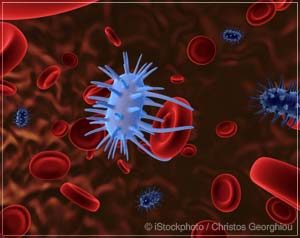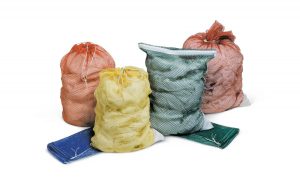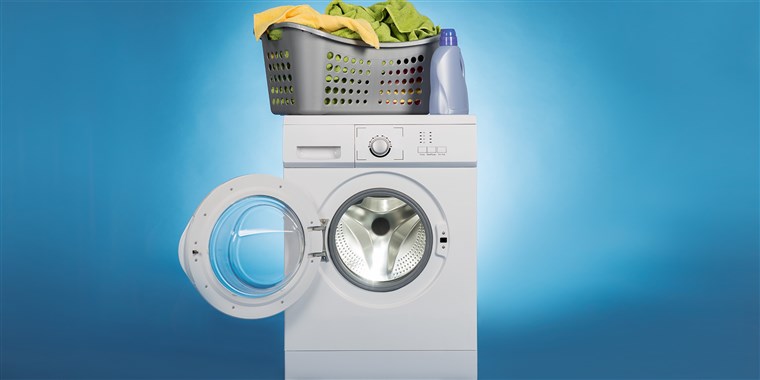Clever Ways To Use Mismatched Socks
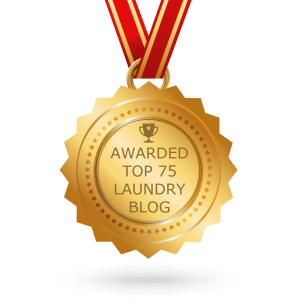

Why is it when a perfectly good pair of socks goes into the laundry basket…only one of them make it out of the dryer? This is a mystery we’d all like to know the answer to. Instead of throwing them away, try some of these ideas.
1) Dusting Mitts
Put one or both hands inside a sock and start dusting hard to reach places like blinds, the back of the tv, the baseboards, ceiling fan blades and more!
2) Shoe Protectors
Keep your shoes protected in the closet and while traveling by placing them inside of a sock.
3) Pet Toy
Put tennis balls in the toe portion of each sock then tie or sew ends together.
4) Car Washing Mitt
Use to clean rims and other tiny, hard-to-reach places on your car’s interior and exterior.
5) Glasses holder
If you misplace the holder for your glasses or sunglasses, place them in a sock to keep them from getting scratched.
6) Potpourri Sachet
Fill a clean sock with potpourri and tie/ sew the end shut. Stick it in a closet, hamper, or drawer to keep it smelling fresh.
7) Furniture Protectors
Place socks on the bottom of chairs or table legs to keep them from scratching during a move.
8) Foot & Hand Softener
Rubs hands and/ or feet with a generous amount of lotion. Then place socks on overnight for smooth skin in the morning.
9) Cool Pack Cover
Cover ice packs to make them more tolerable on bare skin. This will let you get the benefits without the freezing burn.
10) Dry Erase/ Chalkboard Eraser
No more wasting paper towels. Use a sock to wipe marker or chalkboard clean!

Read More �6 Ways to Cut Down Energy Costs In The Summer�

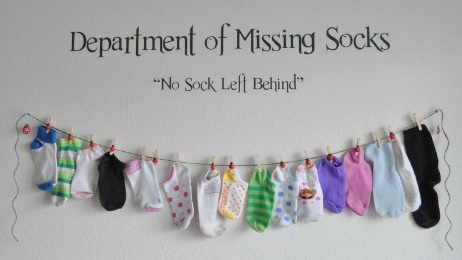
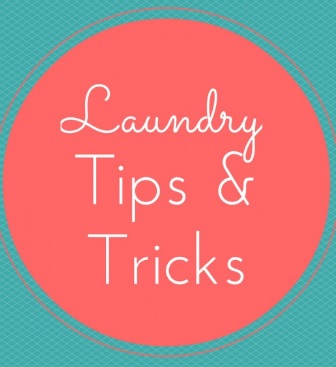
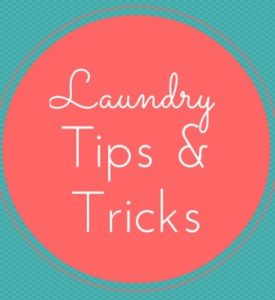
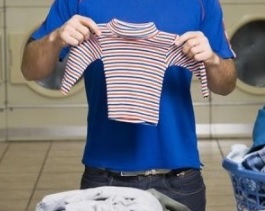
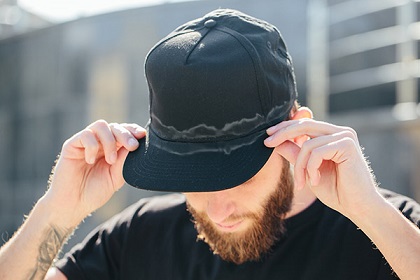

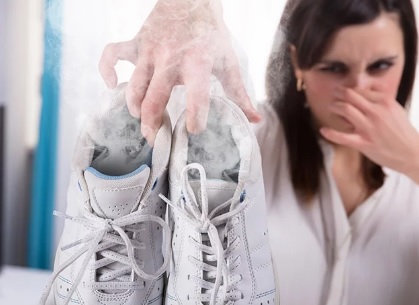
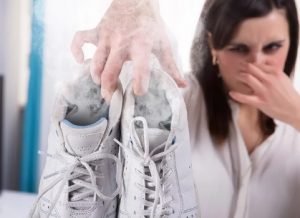
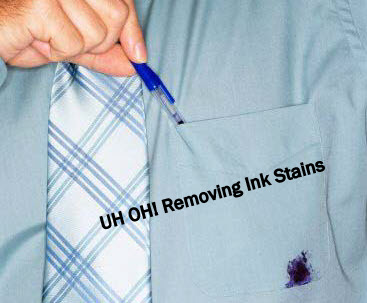
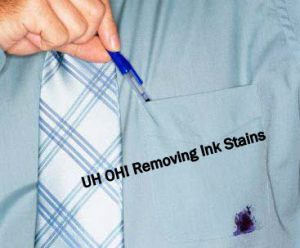
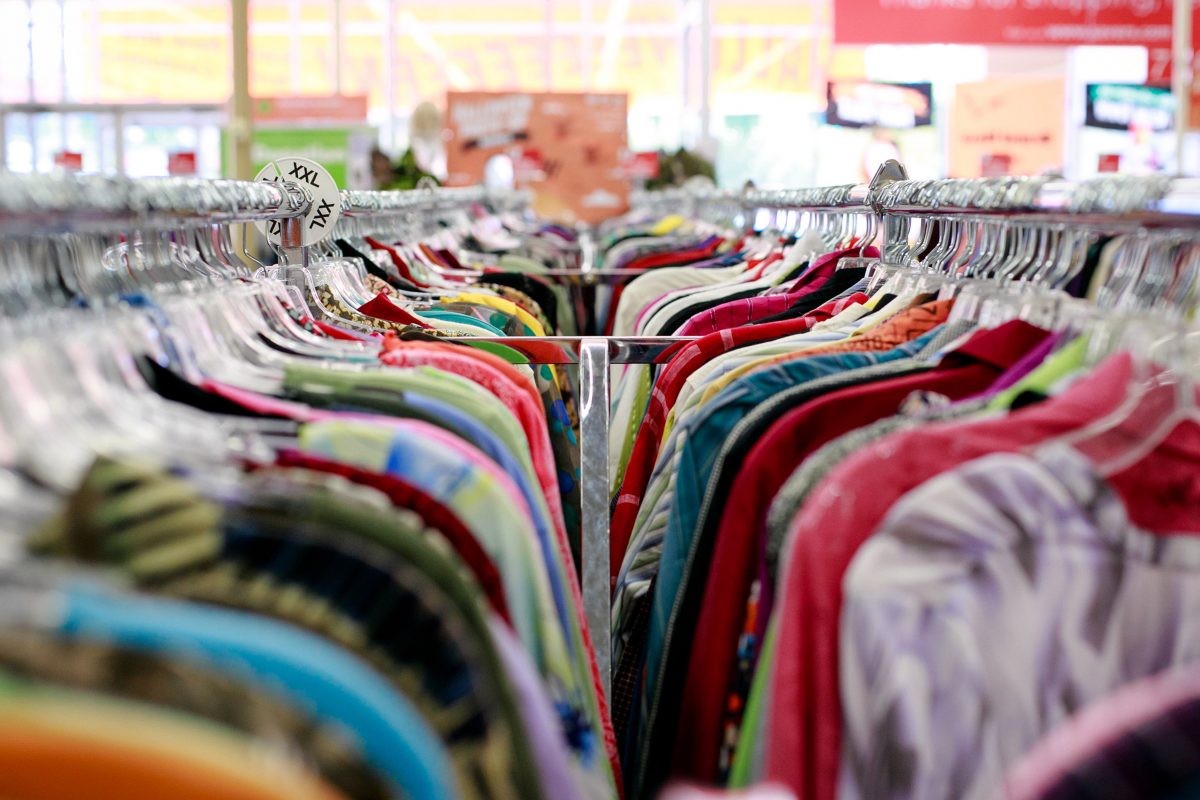

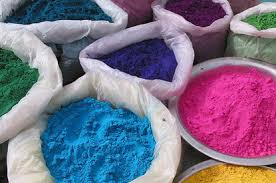 It is possible to transfer lice, scabies, bacteria and fungus from person to person when clothes are tried on. Dressing rooms can become breeding grounds for everything from viruses to athlete’s foot.
It is possible to transfer lice, scabies, bacteria and fungus from person to person when clothes are tried on. Dressing rooms can become breeding grounds for everything from viruses to athlete’s foot.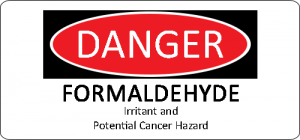
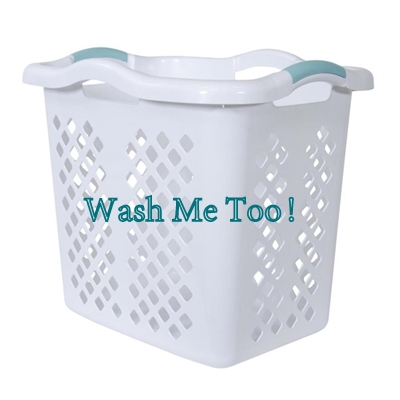
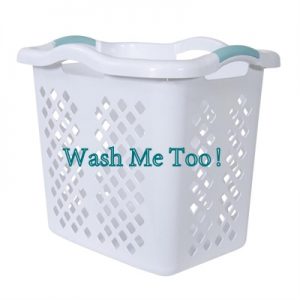 We see it all the time here at Sapulpa Laundry. You spend your hard earned money washing and drying your clothes, towels, sheets etc.. Then, without thinking, you place all of your clean belongings back in a dirty laundry basket. Dead skin cells, grime from your sweaty workout clothes, and whatever else hitches a ride on your clothes throughout the day, are all lurking in that laundry basket! Lets don’t forget to mention bacteria, including the dreaded staph bacteria also known as MRSA!
We see it all the time here at Sapulpa Laundry. You spend your hard earned money washing and drying your clothes, towels, sheets etc.. Then, without thinking, you place all of your clean belongings back in a dirty laundry basket. Dead skin cells, grime from your sweaty workout clothes, and whatever else hitches a ride on your clothes throughout the day, are all lurking in that laundry basket! Lets don’t forget to mention bacteria, including the dreaded staph bacteria also known as MRSA!